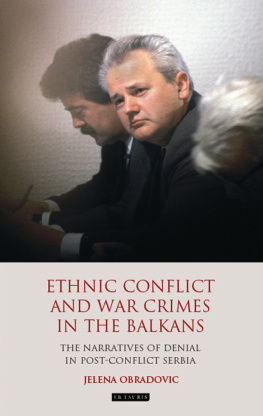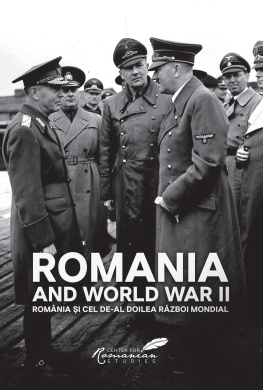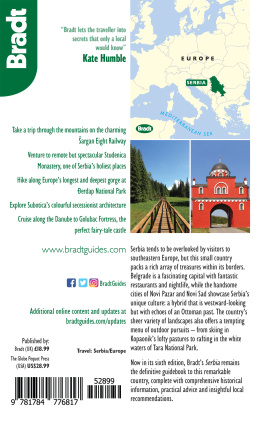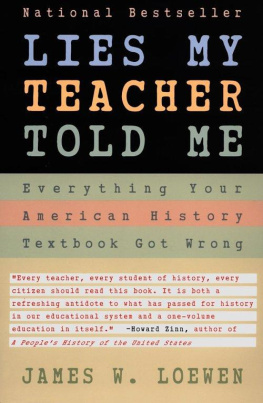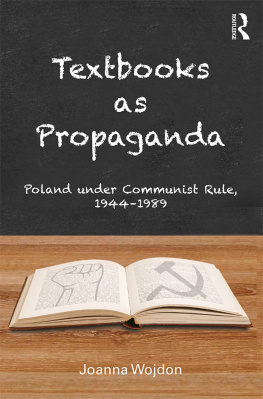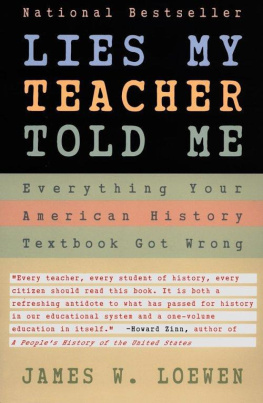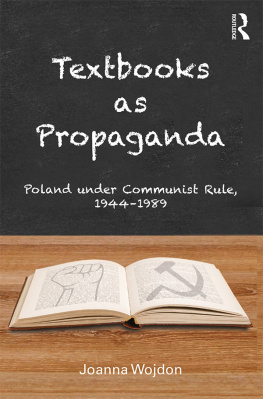Acknowledgments
Writing is only in appearance a solitary pursuit. I argue in this book about the embeddedness of political and intellectual actors into a larger cultural framework that partly conditions their choices. The more valid is the above statement for me: not only am I caught in the networks shaping my cultural milieu, but I am also embedded in the far more important networks of gratitude. I would not have finished this large and challenging project without the amazing support of numerous persons and institutions, so many that I feel terrified I might omit somebody. Apologies in advance, if such would be the case!
There is no other way I could begin but by thanking Professor Vladimir Tismaneanu. Vladimir has always been a model and an inspiration, and I got from him much of the motivation to write this book, which is a reworked version of my doctoral dissertation. Working with him has been a privilege and an invitation to tread on the path of academic inquiry equipped both with scholarly rigor and intellectual creativity.
Moving to Europe after having spent my graduate education in the United States meant having the better of two worlds. At Lund University I had the honor and pleasure of working together with Professor Barbara Trnquist-Plewa, who served as impeccable reference, knowledgeable consultant, and patient listener to my numerous questions. I am forever indebted to her goodwill and interest in my work.
Warm thanks are due to all those who cast a critical eye on my text in its various phases of completion: in the United States Professors Katherine David-Fox, Charles King, John R. Lampe, Mark Lichbach, and Miranda Schreurs, as well as on the European side: Tea Sindbaek, Mattias Nowak, Kristian Nilsson, Felicia Rosu, and, from an early stage, Sanimir Resic. A special thank you goes also to Sune Bechmann Pedersen, who read through numerous drafts of this rather substantial text and not once lost his patience, but continued to give me valuable feedback. Sune was also an in-valuable help with formatting and editing the final version of the book. I must also acknowledge the generous support of the Georg Eckiert Institute in Braunschweig, Germany, and the Crafoord Foundation, Sweden. My stay at the Eckiert Insitute was most rewarding and provided excellent data for further analysis, which was complemented by the information gathered during my field research in the region, conducted with the help of a Crafoord Foundation scholarship.
Without the institutional support of the Department of Global Political Studies at Malm Hgskola and the Center for Languages and Literature at Lund University, I would not have had the time to dedicate to a project this size. Thank you!
As it is clear for all to see, Dan Balosanus amazing talent comes out wonderfully in his work with the cover of the book. I am very lucky and thankful to have had the benefit of his artistic skills. My translator, Sanjica Faletar Tanackovic, deserves all the credit for a professional and very swift job. For help with finding my way through the maze of the English language I am indebted to Fiona Robertson and Janelle Mills.
For saving me when technical catastrophe was around the corner, I am grateful to Joel Nordin, a master of all things computer-related. My special thanks go to Martin Dutceac Segesten, for being alternatively widely supportive of and wildly enraged at the process of putting together a research project of these dimensions. His energy was contagious, and drove me forward when times were tough.
Finally, I am immensely thankful to my parents, Nicolae and Adriana, who have always given me their best and without whom nothing of this would have been possible. It is to them, as well as to the memory of my grandparents Ana and Gheorghe Dutceac, that this book is dedicated.
Appendix
Chronological table of Romanian history
| 513 B.C. | First written evidence of tribes called Getae or Dacians inhabiting the region, by Greek historian Herodotus. |
| 74 B.C. | Dacian Kingdom at its peak under King Burebista. |
| A.D. 101 | First campaign of Emperor Trajan against Dacians. |
| 106 | Battle of Sarmisegetusa, Dacia becomes a Roman province. |
| 271 | Retreat of Roman occupation of Dacia. |
| 275376 | Visigoths invade Dacia, without leaving a deep impact. |
| 376454 | Huns invade Dacia. |
| 602 | Avars and Slavs occupy much of the Balkan Peninsula. |
| 8th c. | Slavs achieve political and social preeminence in Dacia, while undergoing assimilation by the more numerous Daco-Romans. |
| 9th c. | The first Bulgarian empire extends control over Dacia. |
| 10th c. | Ethnogenesis of the Romanian people most likely completed. The first stage, the Romanization of the Geto-Dacians, had now been followed by the second, the assimilation of the Slavs by the Daco-Romans. |
| 10th c. | Byzantine, Slavic and Hungarian sources, andlater onWestern and even Oriental sources mention the existence of Romanians and Romanian state entities under the name of Vlachs. |
| 11th c. | Hungarians overwhelmed the Slavic-Romanian duchies, or voivodates in Transylvania, which became part of the Hungarian Kingdom. |
| 1330 | Several smaller duchies coalesce in the south of the Carpathians to form the independent Romanian principality of Walachia. |
| 1359 | Moldavia, to the east of the Carpathian mountain chain, achieved independence. |
| 13861418 | Mircea the Old, ruler of Walachia, had to face the advancement of the Ottoman troops into Europe. He attempted to resist them most famously at the Rovine battles (1394, 1395) but eventually agreed to pay tribute in exchange for peace and the recognition of Walachias independence. |
| 1420 | Walachia becomes a tribute-paying state to the Ottoman Empire. |
| 14411456 | John Hunyadi, first voivode of Transylvania, then governor and commander general of the Hungarian Kingdom, was at the leadership of a Christian anti-Ottoman front but died of plague just as he defeated Sultan Mehmed II the Conqueror at the Battle of Belgrade (1448). He is also the father of Matthias I Corvinus (145890), king of Hungary. |
| 1456 | Moldavia becomes a tribute-paying state to the Ottoman Empire. |
| 14571504 | Stephen the Great ruled over Moldavia, leading an abso-lutist policy at home and an anti-Ottoman policy abroad. He is also known for grounding numerous monasteries in the northeast part of the land. |
| 1500 | Unio Trium Nationum is formed by the three ruling estates in Transylvania (Hungarian noblemen, Saxons and Szeklers). Romanians, mostly peasants, were not included. |
| 1541 | Transylvania swore to pay tribute to the Sultan. At this point all three Romanian principalities were indirectly dominated by the Ottoman Empire, while preserving some of their autonomy. |
| 15931601 | Michael the Brave ruled over Walachia and for short periods over Moldavia and Transylvania. He was also a member of the Holy League, a Christian alliance to stop the Ottoman advances. |
| 1661 | Turkish and Tatar troops invade Transylvania. |
| 1697 | The Uniate (Greek-Catholic) Church is founded in Transylvania, when in acceptance for the union with Rome the Uniate church is recognized as equal with the Catholic one. |
| 16921768 | Bishop Inochentie Micu-Klein and his Transylvanian followers strove to achieve recognition of the Romanians as a constituent nation of Transylvania. They also elaborated a modern, ethnic idea of nationhood based on the theory of Roman origins and the continuous presence of the Daco-Romans in Dacia since Trajans conquest. |


